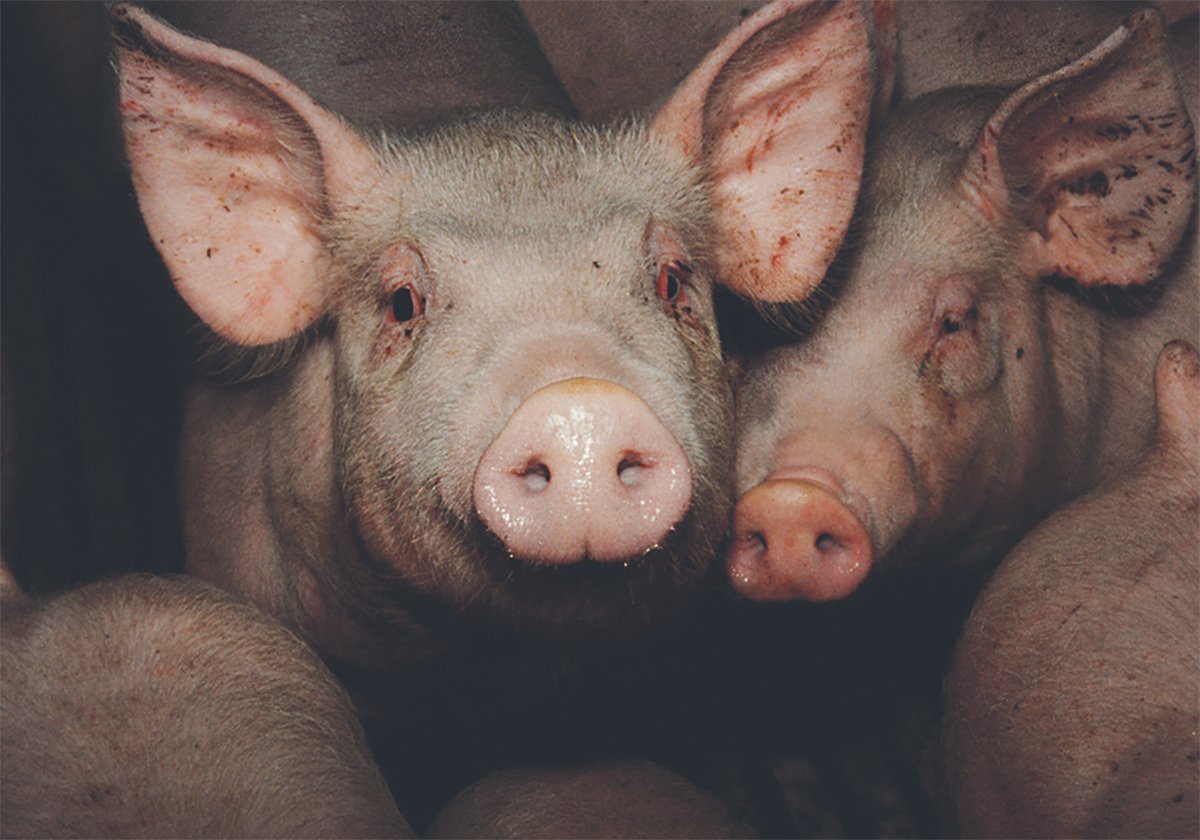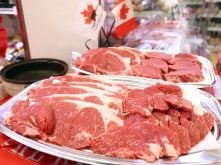PINCHER CREEK, Alta. – Concentration within the packing industry may be more perception than reality.
“We have less beef packer concentration in Canada today than we had 15 years ago,” said Ken Weir, a former manager with XL Foods in Calgary and now a private consultant.
Between Cargill Foods at High River and IBP Lakeside at Brooks, the two Alberta packing giants have the capacity to kill 66 percent of the available cattle in Canada.
However, in 1978, Canada Packers controlled 50 percent of the national beef slaughter and processing market.
Read Also

The Western Producer Livestock Report – October 30, 2025
Western Producer Livestock Report for October 30, 2025. See U.S. & Canadian hog prices, Canadian bison & lamb market data and sales insights.
“If we have concerns about packer concentration, should we also have concerns about feedlot concentration and cow-calf concentration,” Weir asked at the Western Stock Growers meeting Nov. 23 in Pincher Creek.
“Ultimately the defining item is the one that never gets mentioned. That’s the concentration in the retail sector.”
A few large companies control retail food sales and they are frequently ignored when producers talk about the pricing equation.
The retail industry has consolidated and is dominated by large companies such as Canada Safeway and Loblaws that influence activity at the packing and producer levels.
Yet the blame for low cattle prices is often leveled at multinational packing plants.
When prices are working properly throughout the food chain, profits should be distributed to all sectors, said Weir.
Profits are not always shared. There is a tendency in the meat business to make money at the expense of another sector.
Some producer groups complain low prices are caused by packers who hold large pre-owned supplies of cattle.
Private contracts and formula pricing offered by packers prevent the average producer from knowing what cattle are truly worth since sales information is sealed in private deals.
Weir argues it is common for any large manufacturer to own large amounts of raw material.
“What comparable business this size does not control his raw material?”
Pricing cattle and beef is complex.
Packers earn money by selling to retailers on a wholesale basis. They set a base price that is usually calculated on the plant average price for a carcass obtained from the wholesale market. In addition, they must calculate cost of production that includes fixed and variable costs, kill floor efficiencies as well as drop credits.
Drop credits represent everything they can sell.
Non-sales include paunch manure, the undigested material found in the animal’s stomach, ears and the switch on the tail. Some are trying to compost the manure but the ears and switches end up in a landfill.
Larger plants can make money on specialty products like gel bones. Those who need this product tend to go to larger packers because they have volume.
Smaller plants have trouble getting rid of some byproducts because they do not have large volume. That adds to their costs.
Retailers hold reins
On the retail side, beef prices are determined well in advance.
Retailers keep a features list that has evolved over the years.
They know what features draw people into their stores. Meat is ordered for features long before the packers have even purchased the animals. If retailers decide the beef is too expensive, they will switch to a competing meat.
Further, many retailers are cool toward branded beef programs that command a premium price.
“A branded beef program takes away their ability to play one supplier against another for price,” said Weir.
Current programs at the retail level are not true branded programs. Most of them are basic buyer specifications and do not attempt to raise the bar of quality.
Retailers hold the reins and producers will not see any more money under these basic programs.
Retail beef programs undermine the efforts of producers to improve their product through new genetic developments or creation of value added beef items.
“The retailer has your destiny in his hands,” he said.
“You’ve got to play by their rules.”















